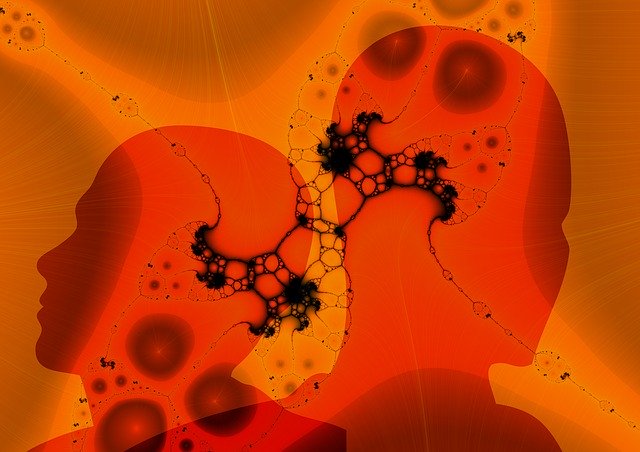 Is there really such a thing as brain gender?
Is there really such a thing as brain gender?
In March 2019, researchers attempted to answer this question based on an MRI database of 490 men and 575 women. What they reported was relative to the structural differences between men and women:
“By using the designed 3D PCNN algorithm, we confirmed that the gender-related differences exist in the whole-brain FA images as well as in each specific brain regions. These gender-related brain structural differences might be related to gender differences in cognition, emotional control as well as neurological disorders.”
Their summary supports the theory that there are differences between a male and female brain, and that these differences determine our thinking, feeling, behavior, and psychological health. But, notice the keyword they used: “might.”
Unfortunately, they are not alone. For decades scientists have been pointing to similar findings and analysis, commonly accepted as fact. Consider the differences molecular biologist Dr. John Media describes in Brain Rules (Pear Press, 2008):
- Men have a bigger amygdala, a structure that processes emotions.
- The male brain produces serotonin (a neurotransmitter that regulates mood, learning and memory, among other functions) more rapidly than the female brain.
- Women have larger connectors in the corpus callosum, which links the brain’s right and left hemispheres. (The left hemisphere is thought to be the primary source of neural information for routine tasks. The right deals with novelty and innovation, including experiences and data that are less structured. The right hemisphere is more image-based and operates in the realm of metaphors.)
Research is important: it influences the way we teach, work, and relate to one another. But there are big problems with brain gender theories and studies. They frequently support gender stereotypes, create barriers, and limit individuals from reaching their potential.
This article and Article Nuggets explore brain gender theories and studies, neurosexism, and the greater power of neuroplasticity.
This is a brief synopsis of an 1,000-word article and 3-Article Nuggets*, suitable for consultants’ newsletters for executives and leaders in organizations. It is available for purchase with full reprint rights, which means you may put your name on it and use it in your newsletters, blogs or other marketing materials. You may also modify it and add your personal experiences and perspectives.
The complete article includes these important concepts:
- The Power of brain gender stereotypes
- Recognize neurosexism
- The Greater power of neuroplasticity
——————————————————————————
Request This Content:
Send us an email and let us know if you’d like to receive this article, Article Nuggets* or Newsletter (as applicable.) It is available in the following formats:
- Brain Gender: Different, Yet Equal? – 1,000-word Article, $57
- Brain Gender: Different, Yet Equal?– 3-Article Nuggets*, $64
*Article Nuggets: The same article broken up into 3-5 blog-style sections suitable for a series of blog posts or shorter newsletter articles.